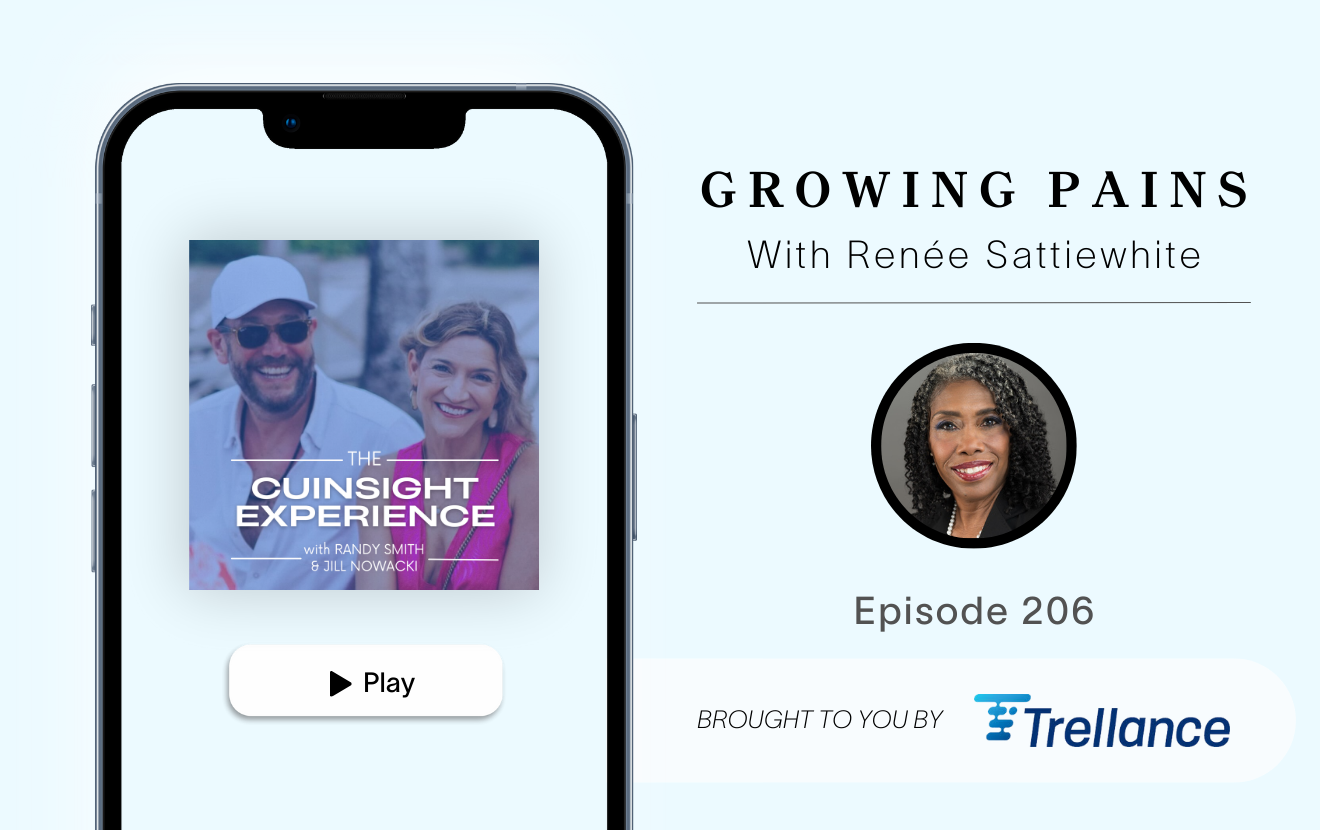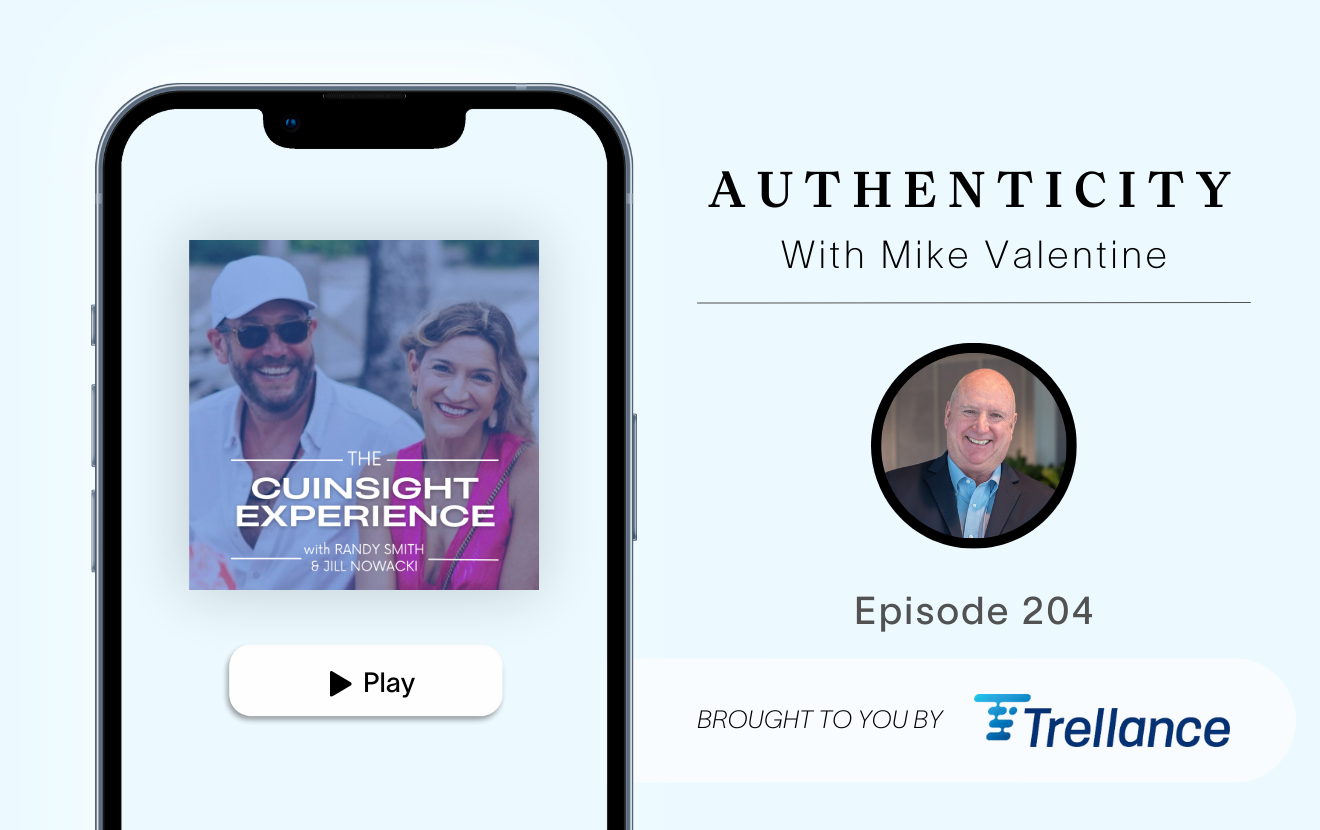You may have heard that consumer debt is at an all-time high, CNBC reported in mid-February that due to holiday spending, rising student loan balances and a jump in automobile financing at the end of last year, Americans' collective debt surpassed $4 trillion for the first time!1 This debt is also becoming more expensive - there were four short-term interest rate increases in 2018 with another couple projected in 2019.
Carrying consumer debt can weigh heavily on the minds of our members, reduce their freedom of choice,and cost them a ton of money in interest. Assuming they have more than one debt to pay off, which method of debt repayment should they use?
The Snowball Method
The snowball method works as follows:
- Rank your loans from smallest balance to largest balance.
- Pay above the minimum on the loan with the smallest balance. Pay the minimum balance on all your other loans.
- When the smallest debt is paid off, take everything you were putting toward the account and add it to the payment for the loan with the next lowest balance.
- Repeat the process until you’ve paid all debts.
The Avalanche Method
The avalanche method works as follows:
- Rank your loans from highest interest rate to lowest interest rate.
- Pay above the minimum balance on the loan with the highest interest rate. Pay the minimum balance on all your other loans.
- When the debt with the highest interest is paid off, take everything you were putting toward the account and add it to the payment for the loan with the next highest interest rate.
- Repeat the process until you’ve paid all debts.
Which Method Wins Out?
As you can see from above, both the snowball and avalanche method are similar in that they have you focus on a particular account while paying the minimum on all others. And when you’ve paid off one account, you redirect whatever money you allocated for it to the next one.
But when you do the math, the avalanche method usually will get you out of debt faster. That’s because you reduce the amount of interest you pay on the loan. For this reason, the bulk of money gurus tell people to attack high-interest accounts first.
But here’s the catch. For some individuals, it’s incredibly hard to stay motivated to stick to a debt repayment plan because they don’t feel the gratification that comes with being done with accounts. There’s some solid science behind this. Dopamine is a natural hormone that not only keeps people looking for new information and answers (motivation), it also helps them feel happy. The brain releases dopamine in anticipation of reward. So in theory, having multiple zero balances to look forward to along the way can make it easier to stick to a debt repayment plan.
Ultimately, which technique you use is your personal decision. Just be honest about your situation and habits and pick the strategy with which you feel most comfortable.
Building an accurate budget is the first step in digging out of debt. Not only does it produce a true inventory of all expenses, it will also show discretionary categories that can be reduced or eliminated so that more money can be funneled towards debt repayment.







